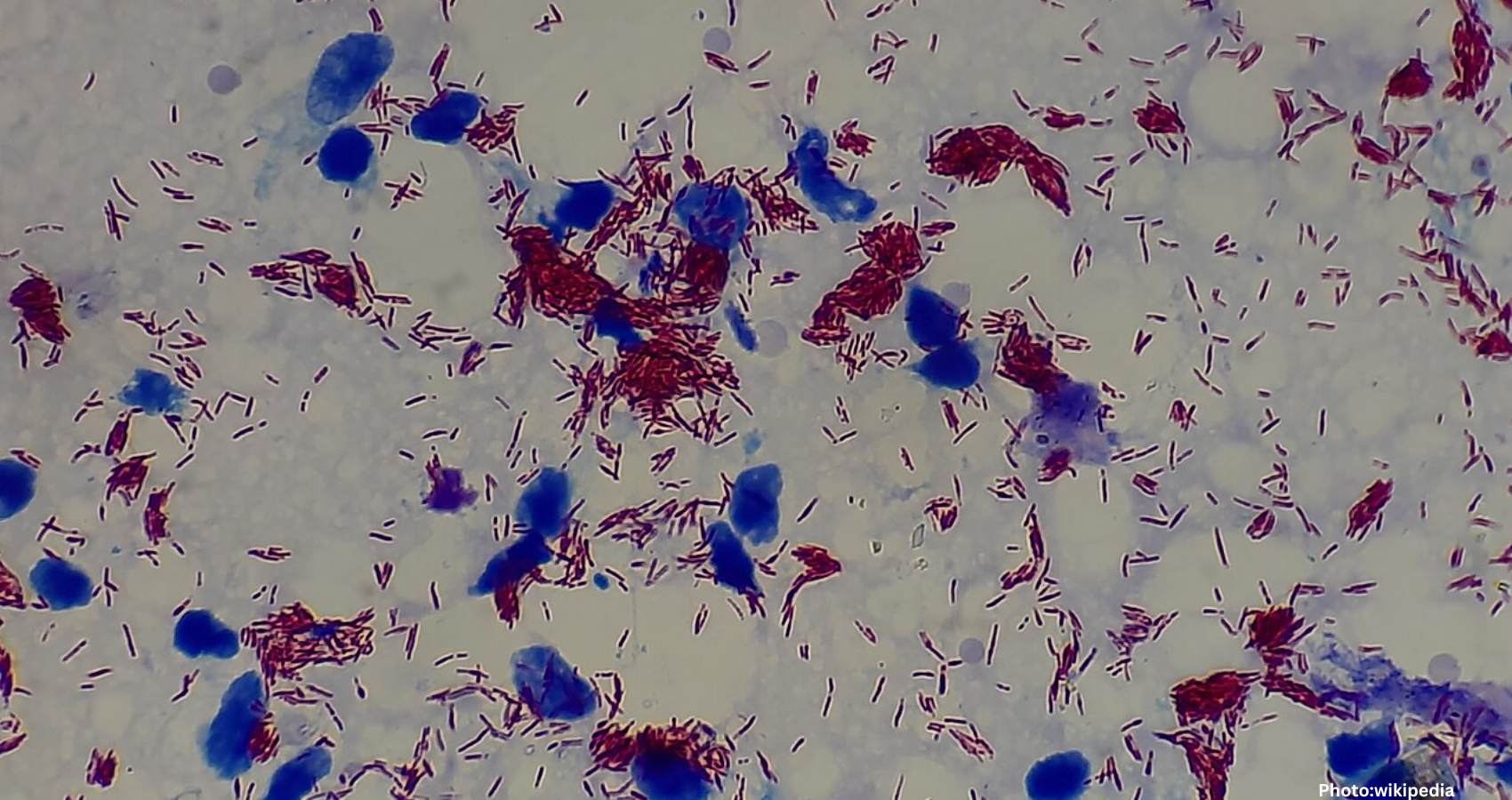The discovery of Mycobacterium lepromatosis suggests that leprosy existed in the Americas long before European explorers arrived, reshaping the historical narrative of the disease.
Recent research has revealed that a species of bacteria is rewriting the history of leprosy, or Hansen’s disease, in the Americas. This finding indicates that the disease was present long before the arrival of European explorers.
Scientists from the Institut Pasteur in Paris, in collaboration with a U.S. university, announced that a second species of bacteria is responsible for leprosy in the Americas. Previously, it was widely believed that the bacterium Mycobacterium leprae was the sole cause of leprosy and that it was introduced to the Americas by early European explorers and settlers.
The revelation of Mycobacterium lepromatosis challenges this long-held belief, suggesting that an existing strain of the bacteria was already endemic to the New World. Researchers assert that Mycobacterium lepromatosis had infected humans for approximately 1,000 years prior to European contact.
Dr. Maria Lopopolo, the first author of the study and a researcher at the Laboratory of Microbial Paleogenomics at the Institut Pasteur, emphasized the significance of this discovery. “This discovery transforms our understanding of the history of leprosy in America. It shows that a form of the disease was already endemic among Indigenous populations well before the Europeans arrived,” she stated in a news release.
The study, which involved scientists from the Institut Pasteur, the French National Center for Scientific Research, and the University of Colorado, began after Mycobacterium lepromatosis was identified in a Mexican patient in 2008 and in red squirrels in the British Isles in 2016. Using advanced genetic techniques, researchers reconstructed the genomes of Mycobacterium lepromatosis from ancient individuals in Argentina and Canada.
The analysis revealed that the strains from these different regions were genetically similar, indicating that the bacteria spread rapidly throughout the continent. The findings confirm that Mycobacterium lepromatosis had already established itself across North and South America.
Researchers collaborated with Indigenous communities, various international institutions, and archaeologists to study over 800 DNA samples from ancient human remains and recent medical cases exhibiting signs of leprosy. Nicolás Rascovan, the lead author of the study at the Institut Pasteur, remarked on the implications of their findings. “We are just beginning to uncover the diversity and global movements of this recently identified pathogen,” he said. “This study allows us to hypothesize that there might be unknown animal reservoirs.”
The Centers for Disease Control and Prevention (CDC) notes that leprosy can affect the nerves, skin, and eyes of patients, but it is treatable with antibiotics. Currently, there are up to 225 reported cases of Hansen’s disease in the U.S. and approximately 250,000 cases worldwide, according to the CDC.
This groundbreaking research not only alters the historical understanding of leprosy in the Americas but also opens new avenues for exploring the disease’s origins and its impact on Indigenous populations.
Source: Original article

